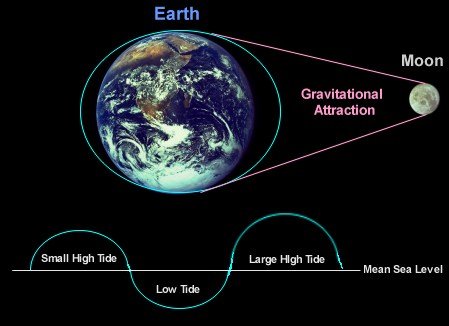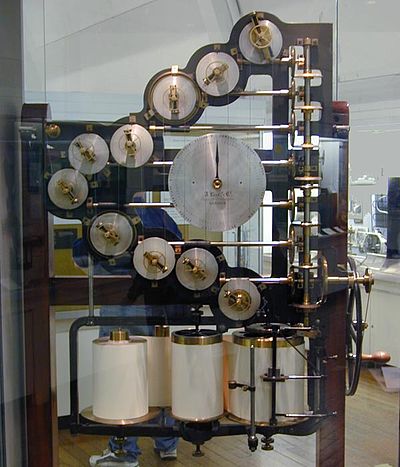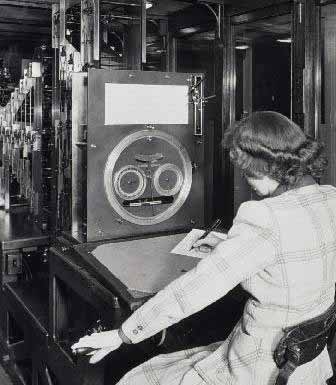How Tide Predicting Machine Worked in the Ancient Times?
Tide prediction has been a key factor in the marine industry since the beginning of the industry. Navigation, wartime and basic marine based enterprises rely on tides and their accurate prediction for a smooth system. The history of tide predicting machines is a tale of human efforts and science combined to understand a natural phenomenon.
The oldest tide predicting mechanisms dates back to 18th century when people like Newton and Laplace were trying to figure out spatial movements and their effect on human world.
Principle
The foundation of a future tide predicting technology was laid by Newton when he explained the relationship between gravitational pull of the sun and the moon and movement of ocean water into tides. This was the basic but crude principle which was later worked upon by Sir William Thomson.
n 1872-73, he devised a machine that could transform the circulatory motion into the simple harmonic motion, using Fourier analysis, to resemble that of tidal flow. Using this principle, a machine was built that allowed him to measure the extent of this harmonic motion. This machine allowed a summation of various factors that were involved in tidal motion through an equation to make an automated curve.
The machine devised by Sir Thomson was later refined by people like George Darwin and E W Brown who brought the technology to current state of accuracy.
Construction
The technology available today is highly accurate that can allow a prediction of tide height and time up to a very small window of error. However, when this machine was first used, the technology for tide. Sir Thomson made this machine which consisted of a series of constituents which were used to represent various constituents of tidal motion.
These constituents were connected in series to obtain their summation when made to move in a manner resembling the angular movement of tidal components. The gearing and cranking system of the machine allowed variations in angular and linear speeds of the constituents so that various pulls could be simulated.
In end, the entire gearing and cranking system was attached to a graph where the results of this harmonic movement could be represented. A number of wheels and pegs were used to imitate this motion with different sections of machine for different constituents. It was a bulky 2500 pounds machine, about 11 feet in length which meant its movement was highly restricted.
Working
The tide predicting machine worked on the principle of Fourier analysis. It considered about 37 constituents which could directly or indirectly regulate tidal flow. These constituents were further divided into principle and non principle constituents. The machine essentially consisted of a shaft with a horizontal slot that could move vertically.
When the slot was moved, the peg in the slot could move in a sinusoidal fashion. The combined assembly of horizontal and vertical movements of pegs and shaft resulted in sinusoidal graph where the crests represented tides while troughs represented lows.
Use of tide predicting machine
The machine for predicting tides was based on relatively advanced science of that time. Its principle was beyond comprehension for many people. But it was soon realized that its results could be used to great extent. For the first time, tides could be predicted with great accuracy. It proved exceptionally helpful during WWI when both sides relied heavily on their marine security.
A remarkable incident of use of this machine can be cited in the D day when the Allied forces needed all of a late rising moon, a low tide coinciding with dawn break and suitably dark atmosphere to provide them necessary secrecy. These were pretty specific requirements.
With the earlier available technology, it would have been impossible to predict such days. But use of tide predicting machines made it easier for the armies to deduce an approximate time for these conditions. Since then, this machine became integral. During WWII, the need for this machine was again felt. Wartimes marked the significance of help this machine could provide but it invariably laid foundation for one of the best technology in marine industry.
References: co-ops, tidesandcurrents
Image Credits: this-magic-sea, wikimedia, ams
Do you have info to share with us ? Suggest a correction
Subscribe To Our Newsletters
By subscribing, you agree to our Privacy Policy and may receive occasional deal communications; you can unsubscribe anytime.






